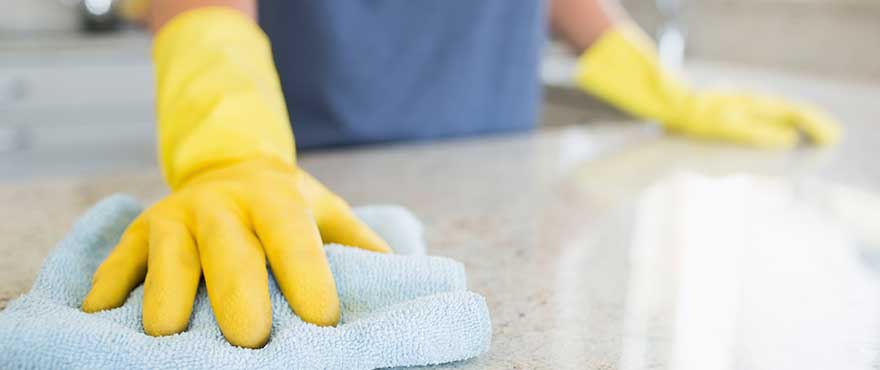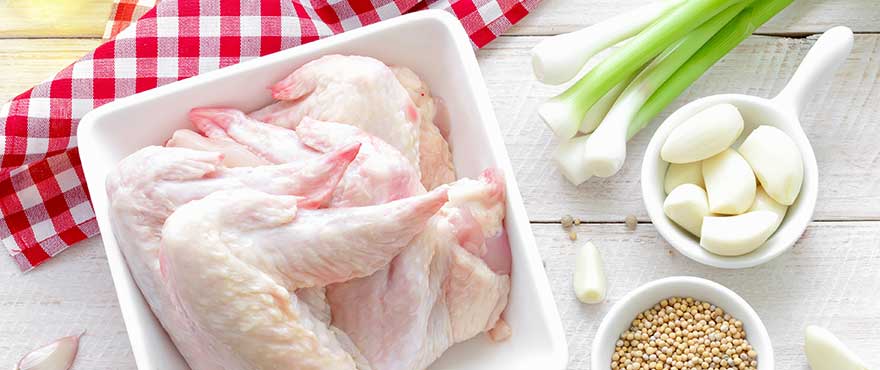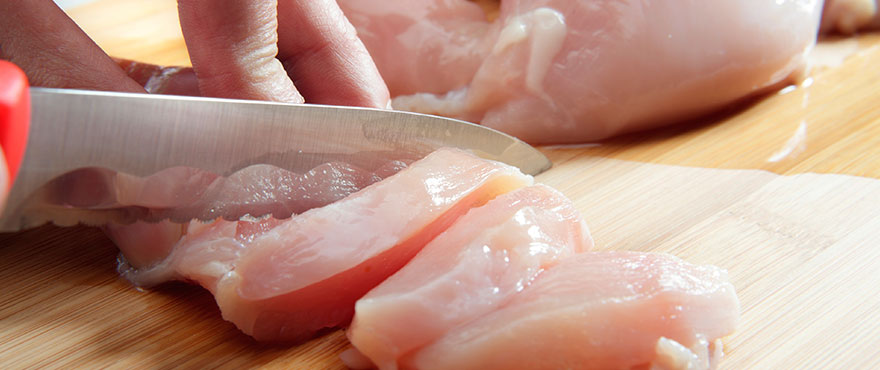
Disinfecting With a Mild Bleach Solution
Keeping a clean home is important for any family, especially during these uncertain times, and we get a lot of questions from consumers about how to use bleach.
While bleach can sometimes be hard to find these days, the good news is that a little goes a long way.
Household chlorine bleach is a powerful disinfectant that is reasonably priced, (usually) available, and strong enough to kill virtually every germ on the planet. But before you start splashing bleach everywhere, it’s important to understand that bleach is caustic and can emit fumes. That’s why it’s a good idea to wear gloves, eye protection, and a mask when you make and use a bleach solution.
The Basic Tools of Making a Bleach Solution
Before mixing up your mild bleach surface disinfectant, you’ll need a few supplies:
- A plastic spray bottle (1L)
- A measuring cup or measuring spoons
- Damp cloth
- Household rubber gloves
- Household bleach
- Water
Remember, do not touch bleach with bare skin or ingest it, and avoid mixing it with other solutions and chemicals.
The Bleach to Water Ratio
For a mild bleach solution used to disinfect or sanitize surfaces and objects, the Government of Canada recommends following the instructions on the label, or a ratio of 250 mL (1 cup) of water per 5 mL (1 teaspoon) bleach, or 1 litre of water (4 cups) per 20 mL (4 teaspoons) bleach.
When making a bleach solution, it is imperative that you use a well-ventilated room. Full-strength bleach emits toxic fumes and should never be used in small or enclosed spaces. Mixing the solution outdoors is another option.
Pro tip: To prevent bleach from splashing up on you, pour the bleach into the container first, then add the water. If you do happen to get bleach on your skin, just wipe it off immediately with a damp cloth.
3 Products You Never Mix with Bleach
- Ammonia: Mixed with bleach it creates dangerous chlorine gas that can cause shortness of breath, coughing and pneumonia.
- Acidic compounds, like vinegar or Windex: This mix releases toxic chlorine and chloramine vapours, and excessive exposure can cause chest pain, vomiting, and even death.
- Alcohol: When mixed with bleach, alcohol converts to chloroform, and can cause fatigue, dizziness, and fainting.
You Are Now Ready to Disinfect with Bleach
Once the ingredients are together, tightly place the lid on the container and mix the solution by shaking it. Now your new disinfectant is ready to use!
After cleaning, when all your surfaces are disinfected and sparkly clean, allow them to air dry. Keep in mind, a chlorine bleach disinfectant begins to lose its power quickly when exposed to heat, sunlight, and evaporation. For best results, mix a fresh batch each day and dispose of any leftovers.
Definitely keep the bleach solution out of the reach of children.


